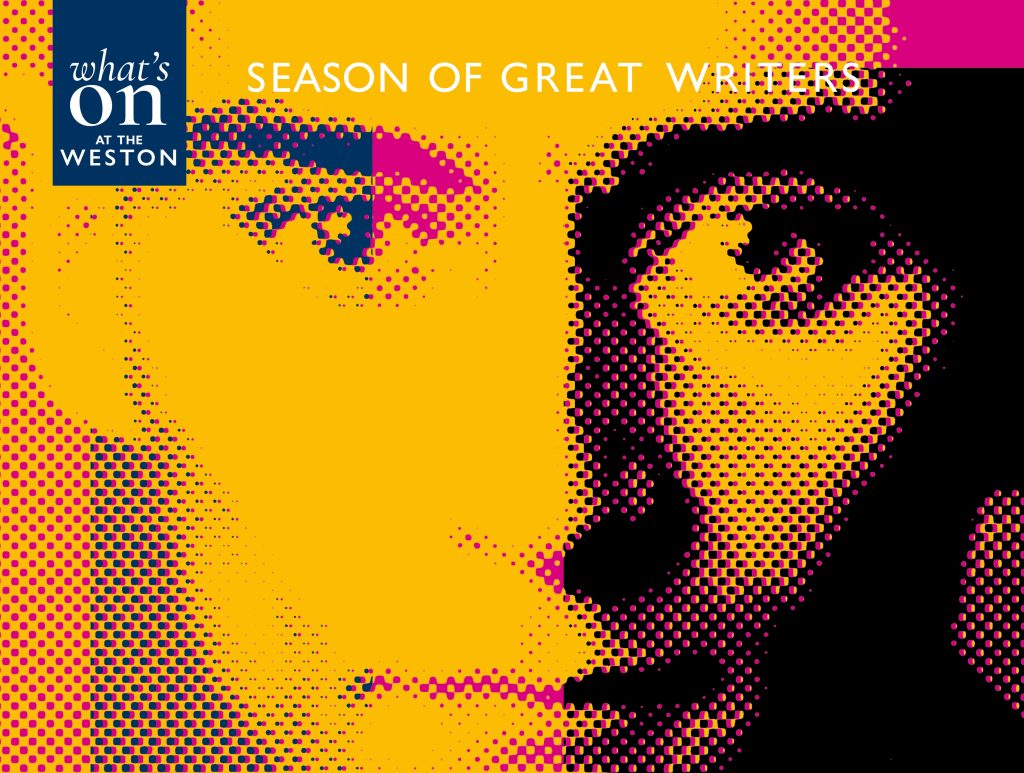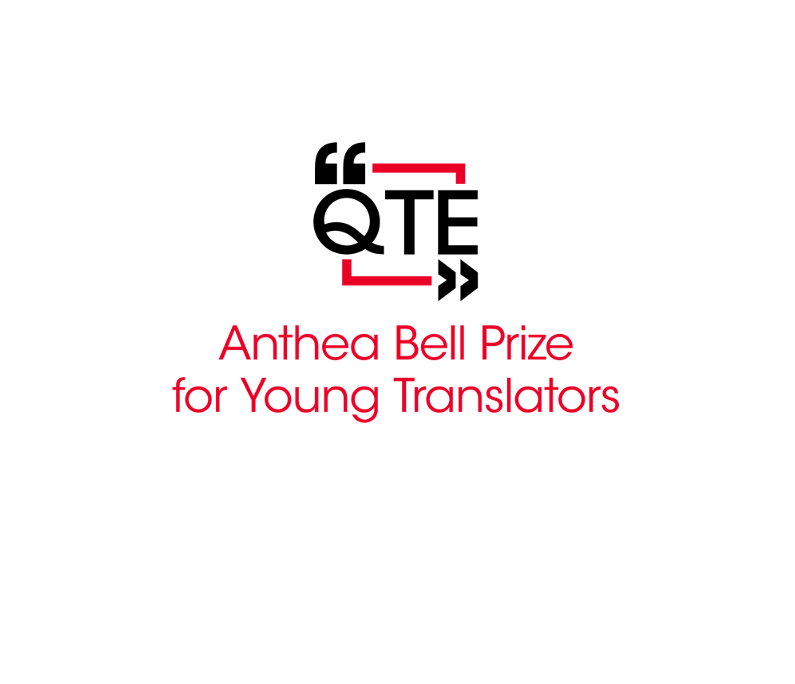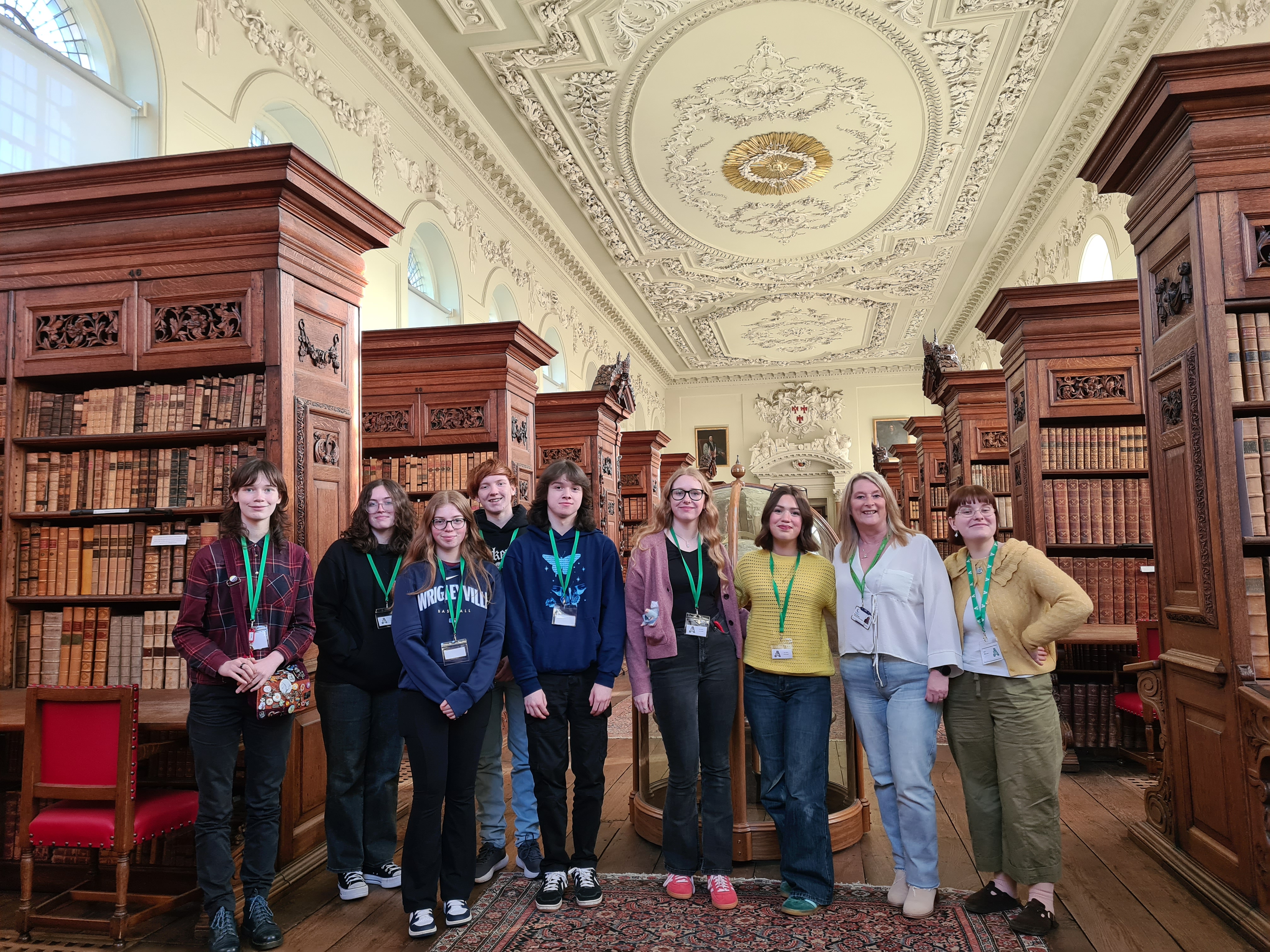Kafka: Making of an Icon opens at the Weston Library this week. This free exhibition to mark the 100th anniversary of the author’s death features materials from the Bodleian archives. We spoke to Emeritus Schwarz-Taylor Professor of the German Language and Literature Prof Ritchie Robertson who edited the exhibition book.
What can readers expect from the book accompanying the exhibition?
Kafka: Making of an Icon includes some necessary background material, including a sketch of Kafka’s life in its historical setting, and a survey of his complex relationship to aspects of Judaism, and to religion more widely. Other contributions break new ground.
One explores his visual imagination in the light of a large collection of previously unknown drawings which have recently been published. His geographical imagination is illustrated from the postcards he sent from holiday destinations in Central and Northern Europe, from his fascination with narratives of exploration, and from the demonstrable impact on his texts of European colonialism. Modernist conceptions of space are shown to structure his novels.
A particularly innovative essay shows how Kafka questions the boundary between humans and animals and how he increasingly seeks to imagine the consciousness of an animal in non-human terms. Two final chapters recount the precarious routes by which a large proportion of Kafka’s manuscripts arrived at the Bodleian, and survey the international reception of Kafka’s writings, and their adaptation in film and visual media, down to the present day.
Kafka asked his friend Max Brod to destroy his work after his death. Thankfully, he did not, and the Bodleian is now home to the largest archive on Franz Kafka. How has the archive been used over the years?
During his lifetime, Kafka published only seven small books. His three novels, his diaries and notebooks (themselves containing many short works of fiction), and his letters became known only after his death. Early editions were inadequate by present-day editorial standards. The archive has provided material for two ambitious editing projects, both in various ways controversial, which have sought to provide the reading public with reliable versions of what Kafka wrote.
Why do you think Kafka’s work endures and continues to inspire people in theatrical works, fiction, and even on TikTok where the hashtag #Kafka has had over 1.4bn views?
The broad consensus is that Kafka’s fiction shows striking images (a man transformed into an insect, a man vainly seeking access to a castle) but leaves the reader a great deal of scope for interpreting those images and the narratives around them. Thus, the reader is drawn into the fiction and is placed in the position of a co-creator – something which is often considered characteristic of literary modernism.
The reader is drawn into the fiction and is placed in the position of a co-creator
How significant is the role of translation in understanding (and enjoying) Kafka’s work?
Kafka’s language is simple and relatively easy to translate, although with many nuances that give rise to disputes between translators. Hence, as the last chapter of Kafka: Making of an Icon shows, his fiction has been translated into many languages and inspired creative artists in various media throughout the world.
Kafka: Making of an Icon runs from 30 May – 27 October 2024 at the Weston Library, Bodleian Libraries.



